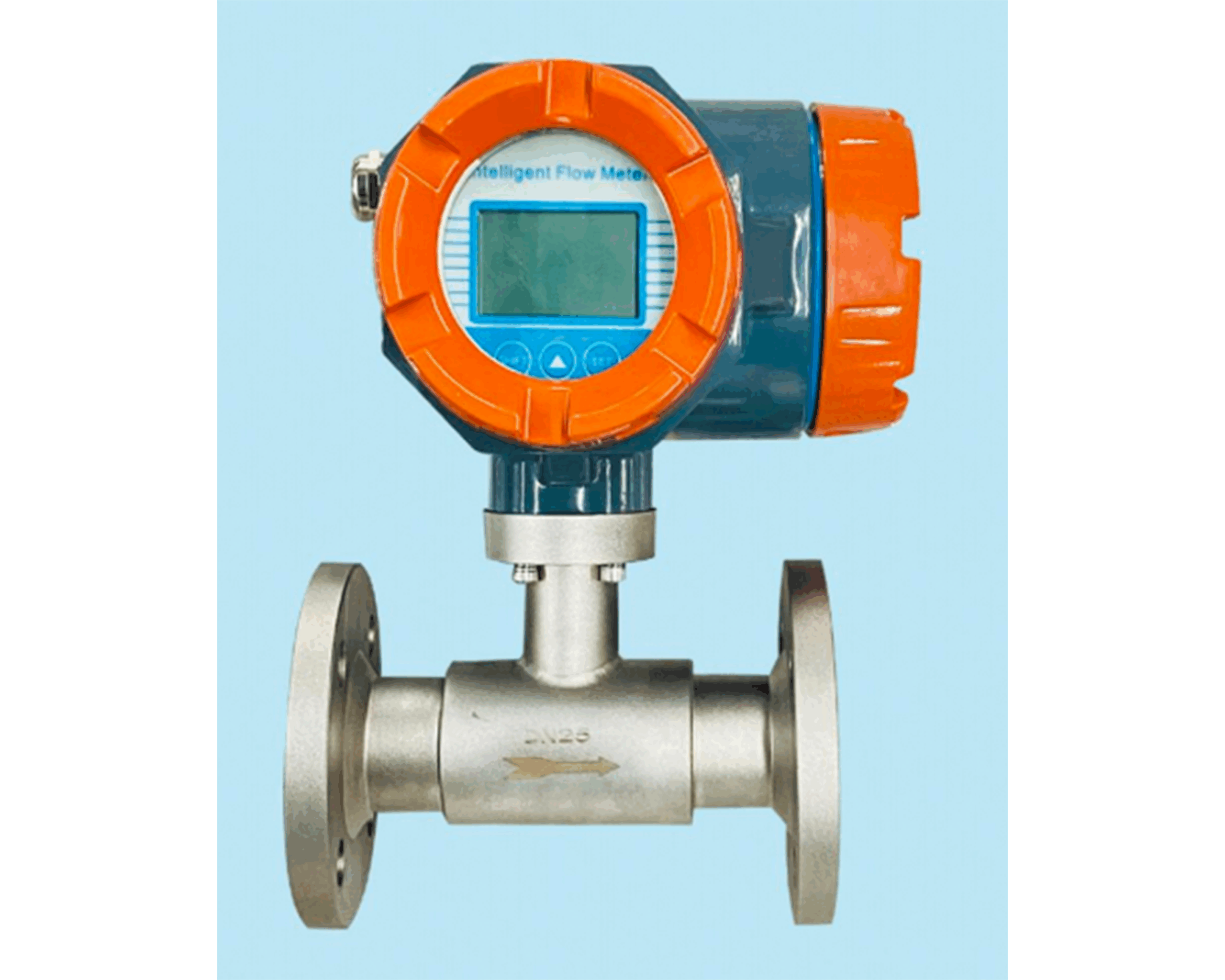Gas mass flow meter is an instrument that directly measures gas mass flow. It has the characteristics of high precision and fast response, and is widely used in industrial process control, energy metering and other fields. The following are its main functions and characteristics:
1. Direct mass flow measurement
No temperature or pressure compensation is required, and the gas mass flow data (usually in kg/h or Nm³/h) is directly output, which is particularly suitable for trade settlement and process control.
2. Industrial process control
Real-time monitoring of gas flow changes, providing key parameters for automation systems such as combustion control and gas distribution, widely used in:
Petrochemical (reaction gas flow control)
Semiconductor manufacturing (special gas measurement)
Environmental monitoring (flue gas emission statistics)
3. High precision and fast response
Adopting thermal or Coriolis principle, the accuracy can reach ±0.5%~±1.5%
Short response time (millisecond level), suitable for dynamic flow monitoring
4. Wide range and low pressure loss
The range ratio is usually more than 100:1
No obstruction components, and the pressure loss can be ignored
5. Output signal and communication
Standard 4-20mA output
Supports communication protocols such as HART and Modbus
Some models have on-site display
Typical application scenarios
Natural gas trade transfer measurement
Precise ratio of laboratory gas
Gas monitoring in biopharmaceutical processes

